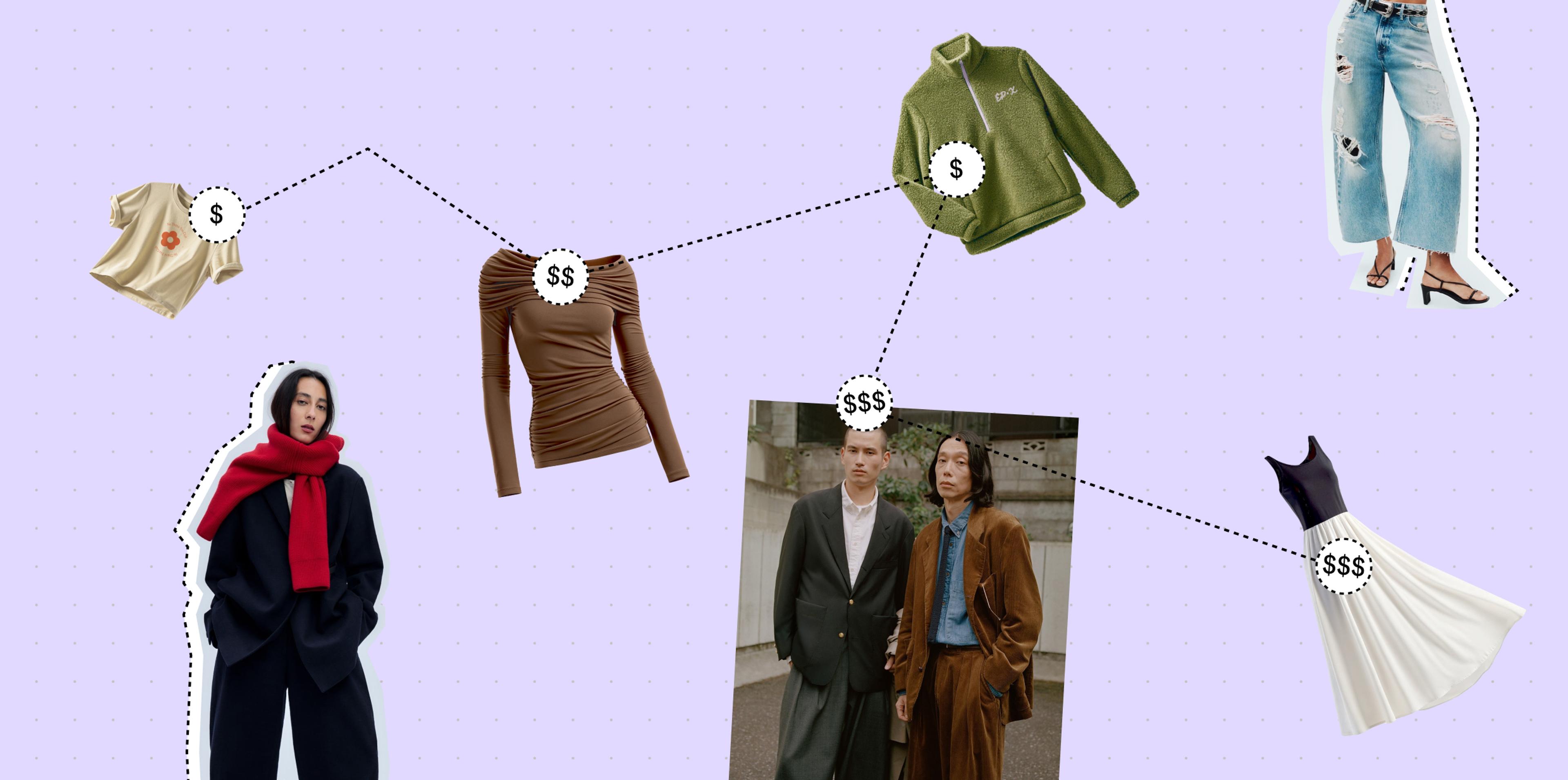
How to price your clothing: A guide for emerging brands

Pricing your clothing line is a crucial yet challenging step that balances your brand identity, customer expectations, and profitability.
Pricing your clothing line isn’t easy. It’s about finding balance between what your brand stands for, what your customers are willing to pay, and how you maintain healthy profit margins. As a new designer, this process can seem daunting, but with a little clarity, you can find the sweet spot that works for both your brand and your audience.
1. Consider your brand positioning
Your pricing should reflect your brand’s identity. Are you offering exclusive, high-end pieces or affordable, everyday staples? Knowing where your brand sits in the market is the first step in determining your price point.
For example, if your brand is positioned as luxury, you can justify a higher price with premium materials and limited-run items. Alternatively, if you’re aiming for a broader audience with accessible pricing, you’ll want to find production methods that keep your costs manageable while still delivering quality.
Ask yourself: What message do I want my pricing to send? This will shape everything, from your choice of fabrics to your final retail price.
2. Understand your target market
It’s essential to know who your customers are and what they’re willing to pay. Your dream might be to charge a premium, but does your audience see enough value in your brand to justify that cost?
This is where market research comes in. Look at brands with a similar ethos, check customer reviews, and even poll your potential buyers. It’s all about finding a price that resonates with the people who’ll be wearing your clothes.
3. Know your costs
Your Cost of Goods Sold (COGS) will be the foundation of your pricing. This includes materials, labor, and any other production costs like packaging and shipping. Overhead expenses (such as marketing, website maintenance, and photoshoots) should also be factored in.
4. Determine your margin
Once your costs are covered, the next step is figuring out your profit margin. The standard markups vary depending on your business model:
- D2C Brands: Typically, a 2-3x markup on your COGS is standard. This gives you enough margin to cover expenses while keeping prices reasonable for your customers.
- Wholesale Brands: If you’re selling to retailers, you’ll need to mark up your product 4-5x to allow room for them to add their margin.
- Luxury Brands: For high-end brands, you’re looking at an 8-9x markup. This pricing reflects not only the exclusivity and craftsmanship of your items but also the perceived value of the brand itself.
5. Balance profit and market appeal
While ensuring profitability is key, your pricing also needs to make sense for your target audience. It’s a delicate balance, your price should reflect your brand’s value while still feeling fair and attainable to your customers. If your initial pricing feels too high for the market you want to reach, consider revisiting your production costs.
---
Pricing isn’t just about numbers, it’s about telling the story of your brand. Your pricing strategy communicates your brand’s value, positioning, and long-term vision.